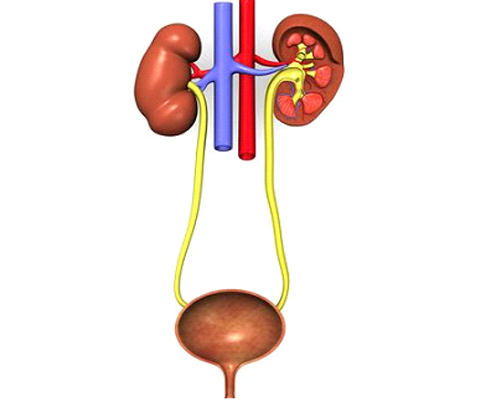Minimally invasive surgeries in urology are designed to reduce the physical trauma of traditional surgical methods while still effectively treating urological conditions. These techniques generally involve smaller incisions, less pain, quicker recovery times, and minimal scarring.
Here’s a look at the various types of minimally invasive surgeries commonly used in urology:
1. Laparoscopic Surgery
Laparoscopic surgery, also known as keyhole surgery, involves making small incisions (typically 0.5–1 cm) through which a camera (laparoscope) and specialized surgical instruments are inserted. The camera provides real-time images of the internal organs, allowing the surgeon to perform the procedure with precision.
Applications:
- Kidney Surgery: Removal of kidney tumors or partial nephrectomy (removal of part of the kidney).
- Adrenal Surgery: Removal of adrenal gland tumors.
- Bladder Surgery: Treatment of bladder tumors or diverticula.
Advantages:
- Less postoperative pain.
- Shorter hospital stay.
- Quicker recovery.
2. Robotic-Assisted Surgery
Robotic-assisted surgery is an advanced form of laparoscopic surgery where the surgeon controls robotic arms equipped with high-precision instruments. The robot provides a magnified, 3D view of the surgical field and enhances dexterity.
Applications:
- Prostate Surgery: Robotic-assisted prostatectomy is often used for prostate cancer removal.
- Kidney Surgery: Partial nephrectomy and radical nephrectomy.
- Bladder Surgery: Complex bladder reconstructions.
Advantages:
- Enhanced precision and control.
- Reduced blood loss.
- Faster recovery and return to normal activities.
3. Endoscopic Surgery
Endoscopic surgery involves using an endoscope — a flexible tube with a light and camera at the end — inserted through natural body openings or small incisions. The endoscope allows visualization and treatment of internal structures without large cuts.
Applications:
- Cystoscopy: Examination and treatment of bladder conditions, such as tumors or stones, through the urethra.
- Ureteroscopy: Evaluation and treatment of urinary tract stones or tumors by accessing the ureter through the bladder.
- Nephoscopy: Inspection and treatment of kidney stones or tumors.
Advantages:
- No external incisions required.
- Minimal discomfort and fast recovery.
- Often performed on an outpatient basis.
4. Percutaneous Surgery
Percutaneous surgery involves inserting instruments through the skin using a needle or small puncture. This technique is often used for procedures that target deep-seated organs.
Applications:
- Percutaneous Nephrolithotomy (PCNL): Removal of large kidney stones through a small incision in the back.
- Percutaneous Renal Biopsy: Sampling kidney tissue for diagnosis.
Advantages:
- Direct access to the target area with minimal disruption of surrounding tissues.
- Shorter recovery time compared to open surgery.
5. Cryoablation and Radiofrequency Ablation
These techniques involve using extreme cold or heat to destroy abnormal tissue. Cryoablation uses freezing temperatures, while radiofrequency ablation uses heat generated by electrical currents.
Applications:
- Cryoablation: Treatment of small kidney tumors or prostate cancer.
- Radiofrequency Ablation: Management of small renal tumors.
Advantages:
- Non-invasive or minimally invasive.
- Typically performed on an outpatient basis.
- Reduced risk of bleeding and faster recovery.
Conclusion
Minimally invasive surgeries have revolutionized urology by offering effective treatment options with less discomfort and faster recovery. As technology continues to advance, these techniques are likely to become even more refined, offering improved outcomes and patient experiences. Whether through laparoscopy, robotics, endoscopy, or other innovative methods, the goal remains the same: to provide precise, effective care while minimizing the impact on the patient’s body and life.





Comments